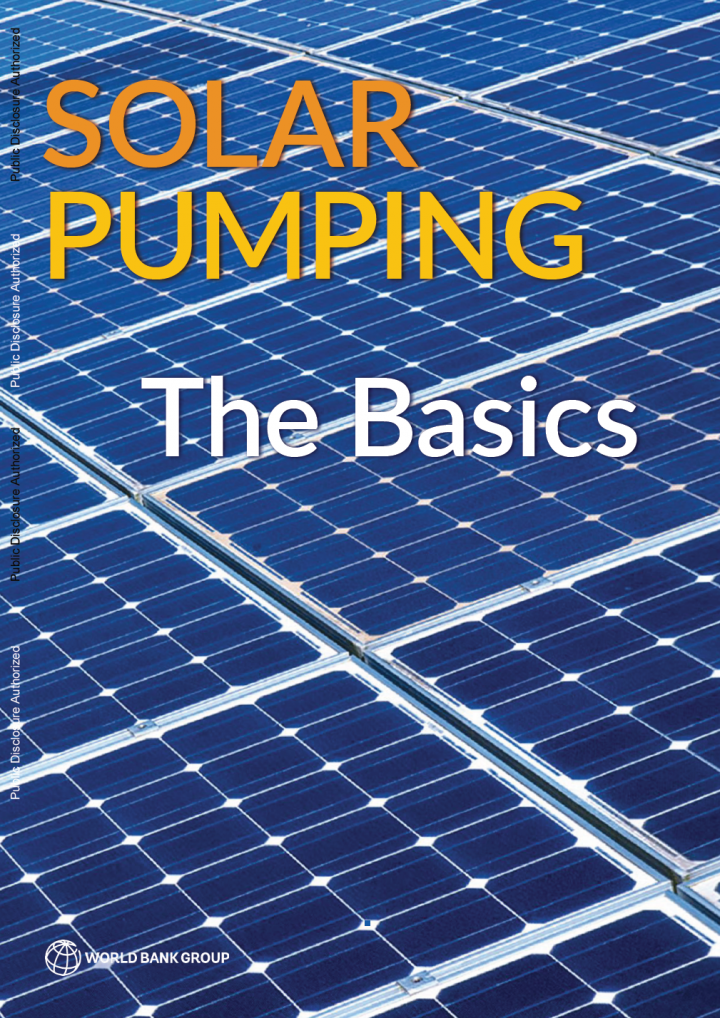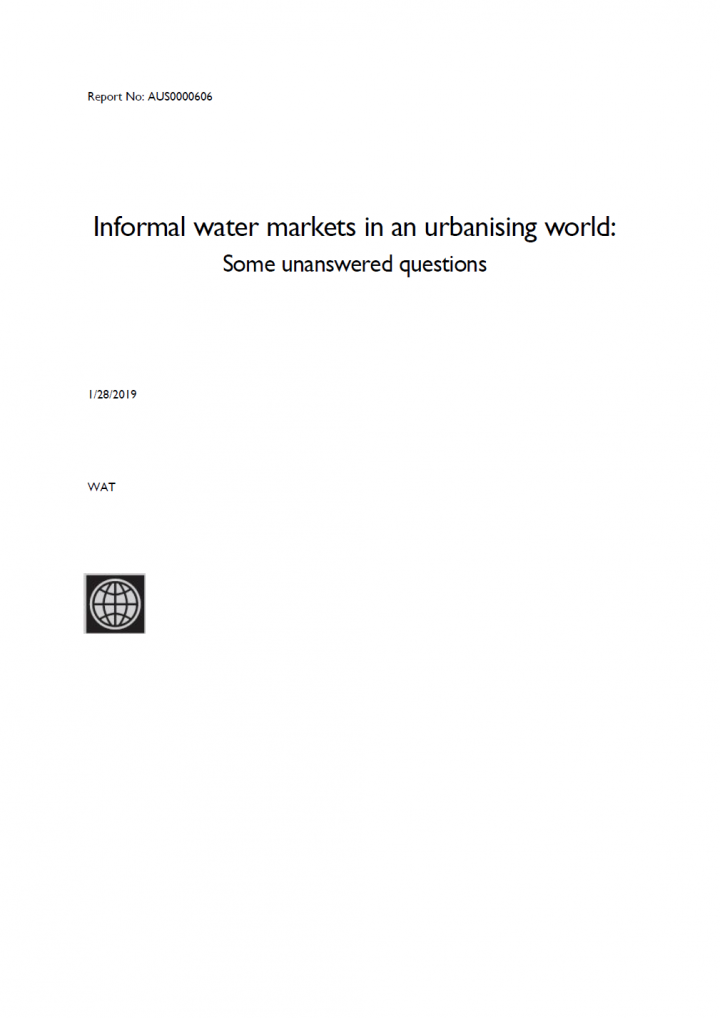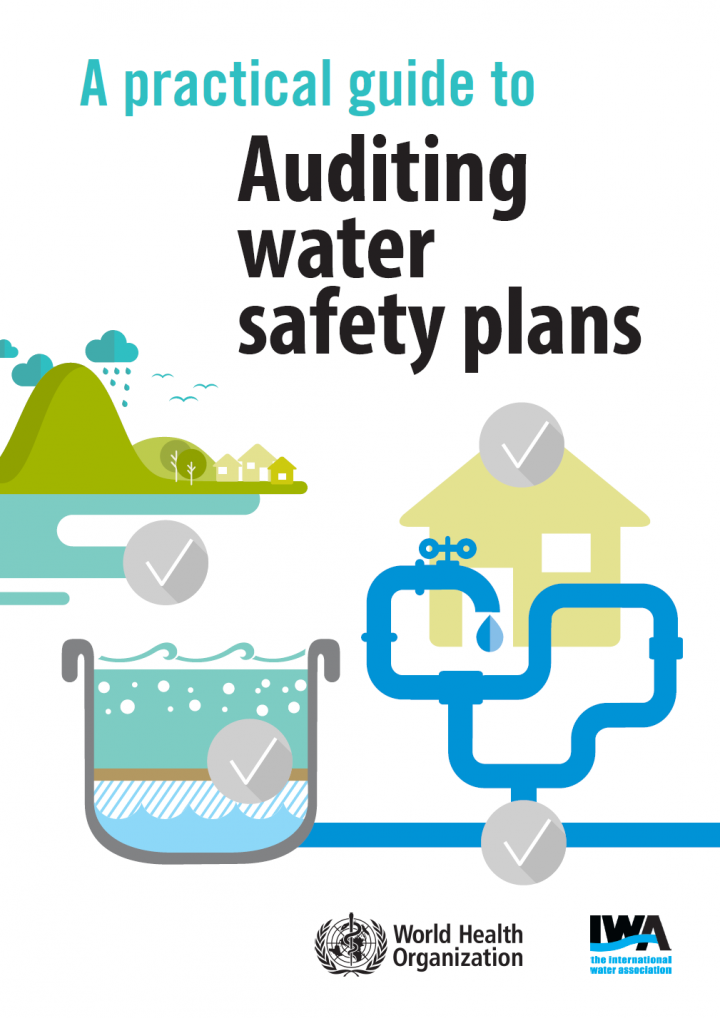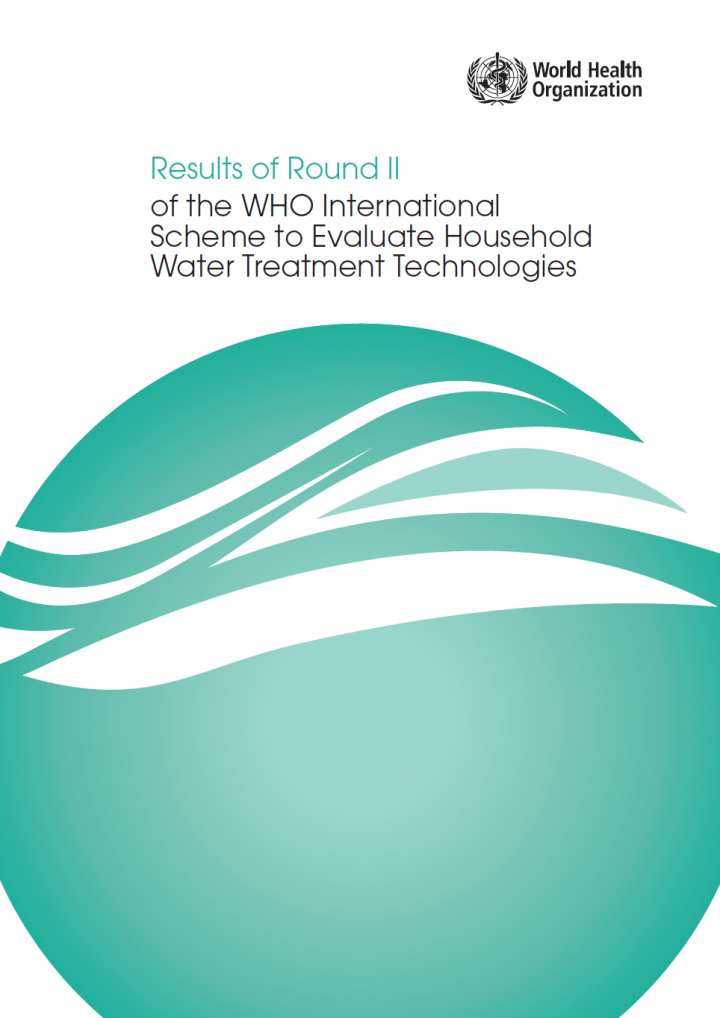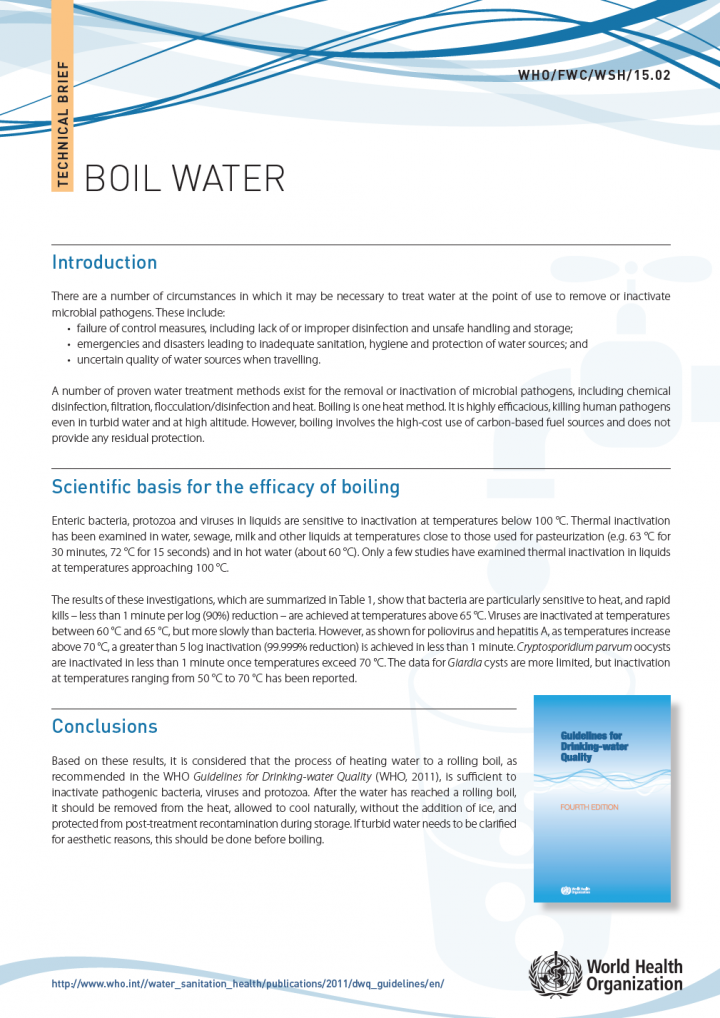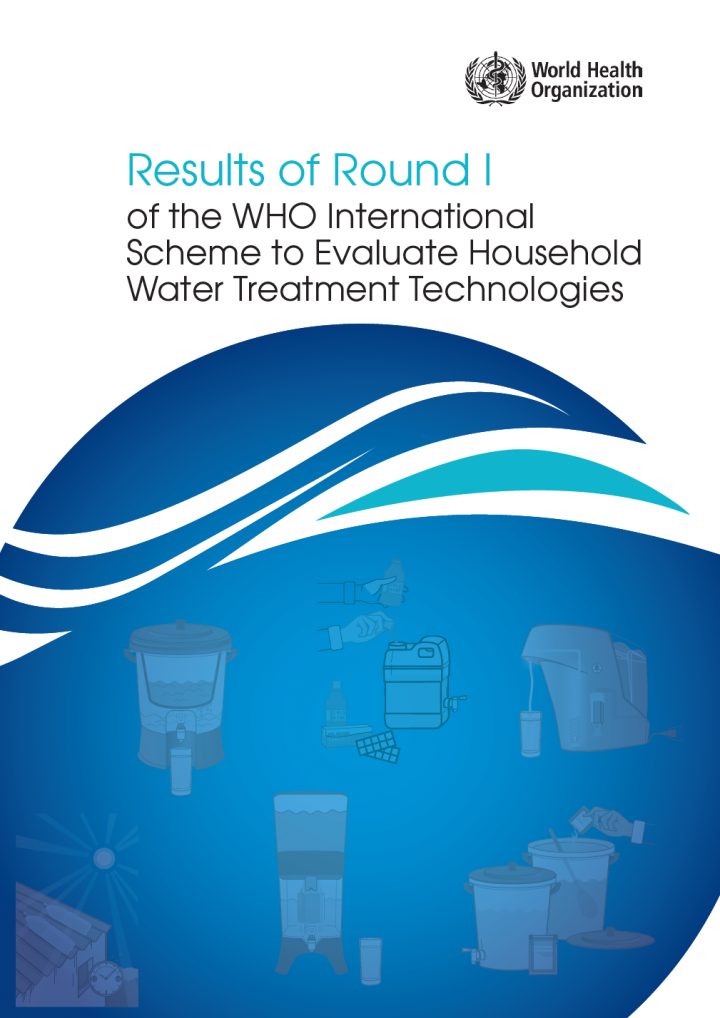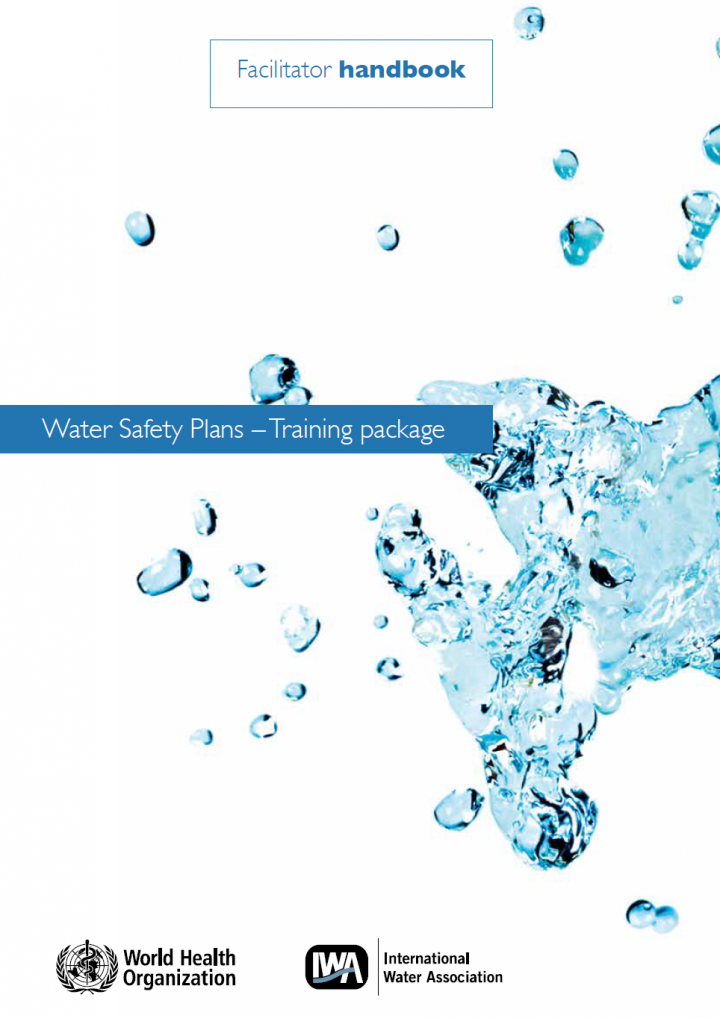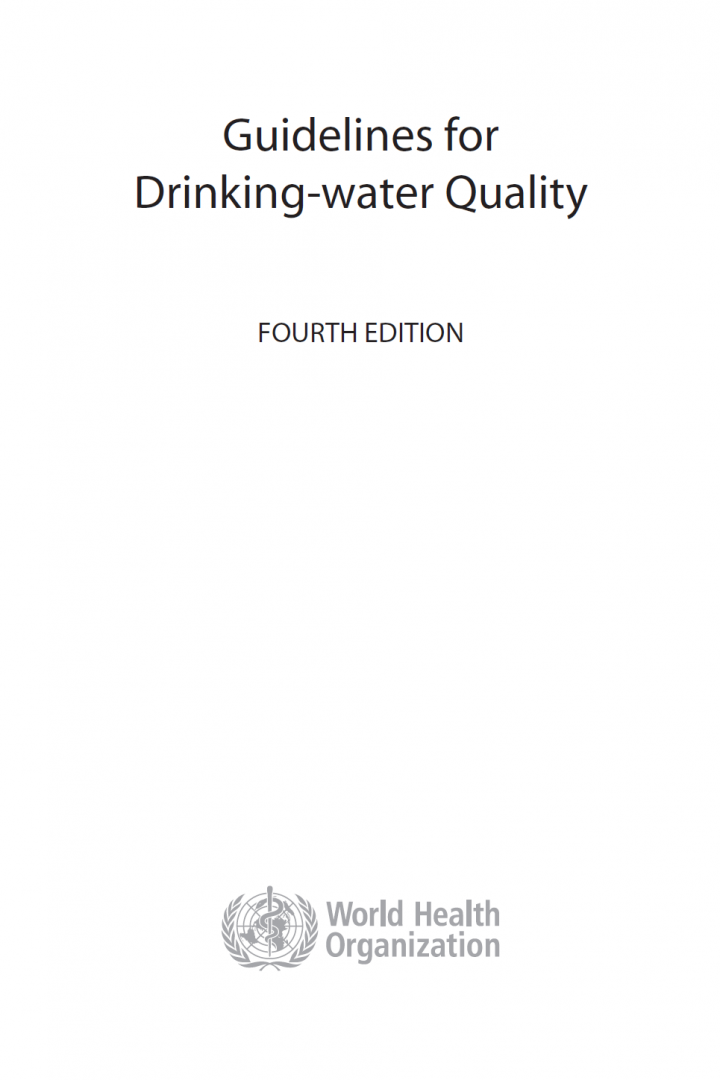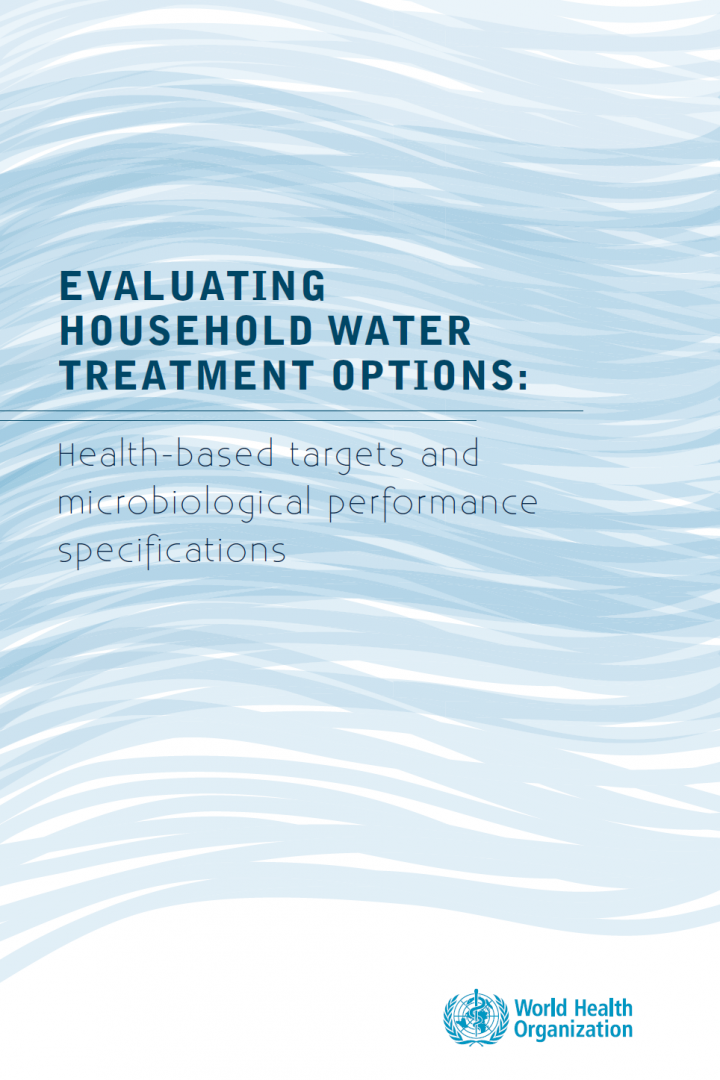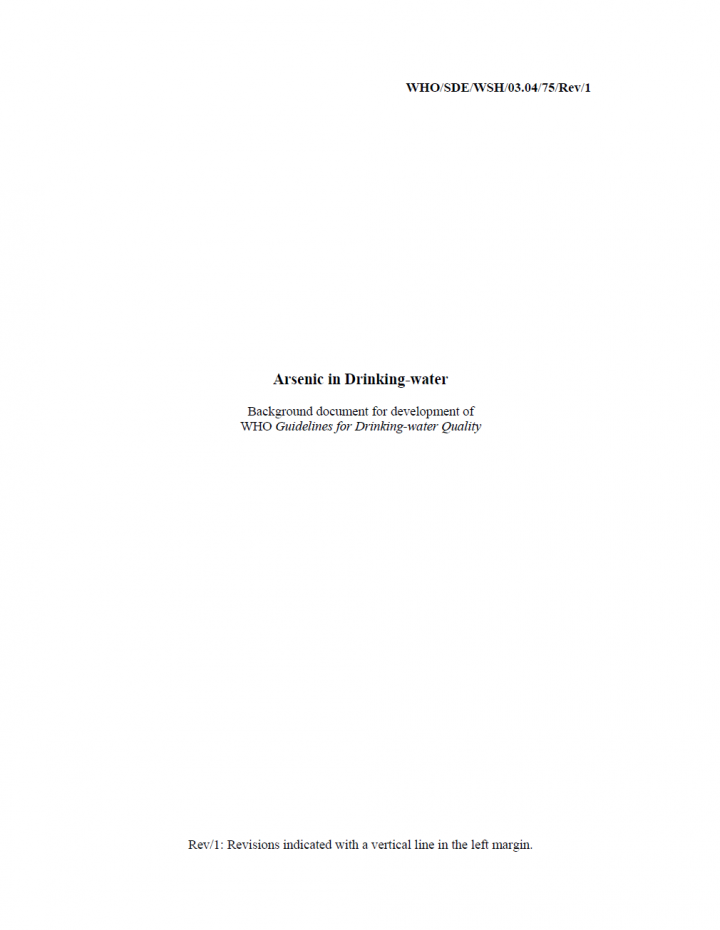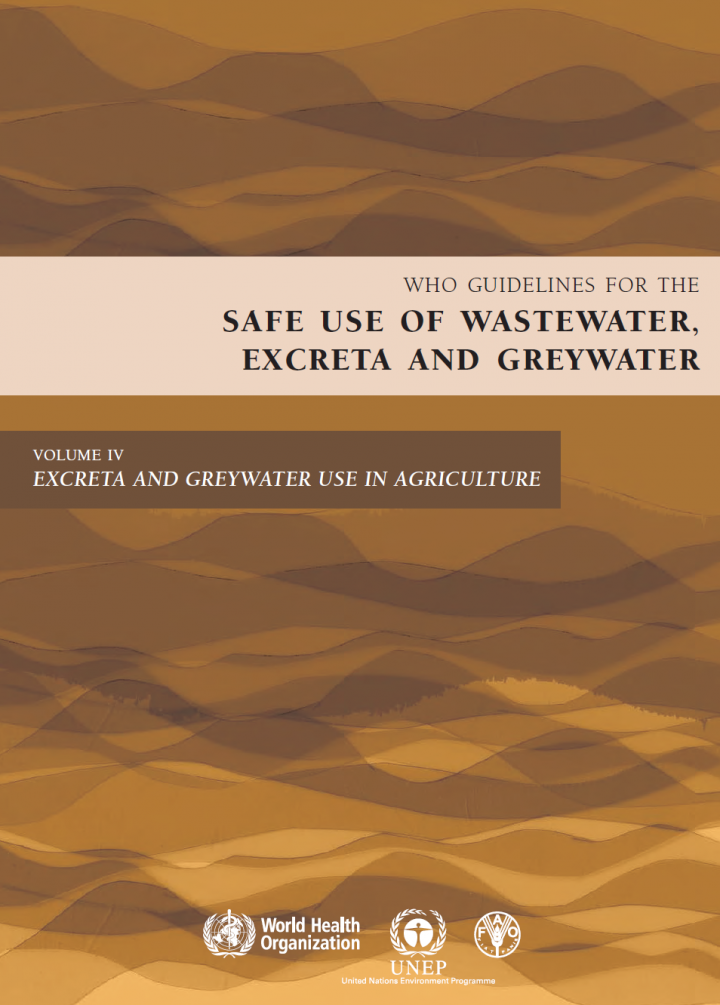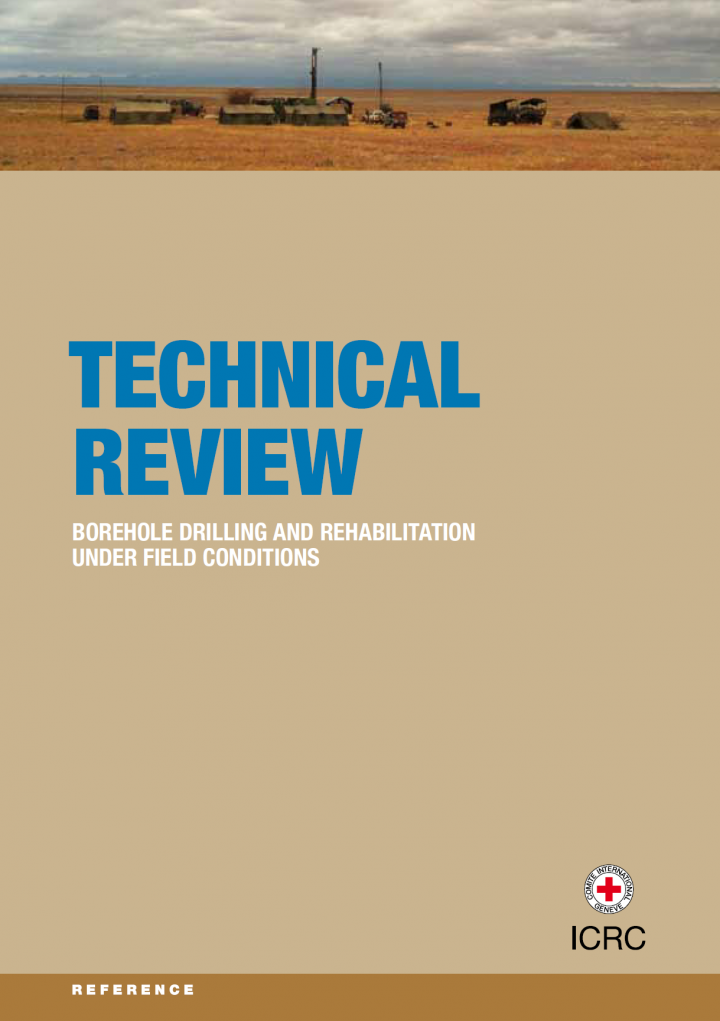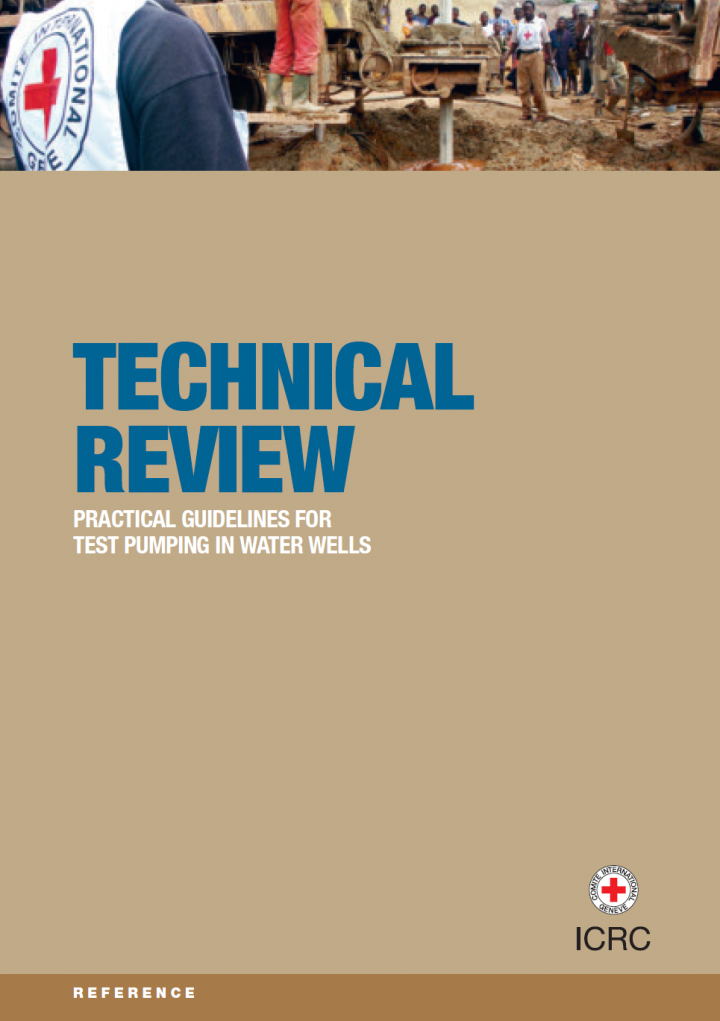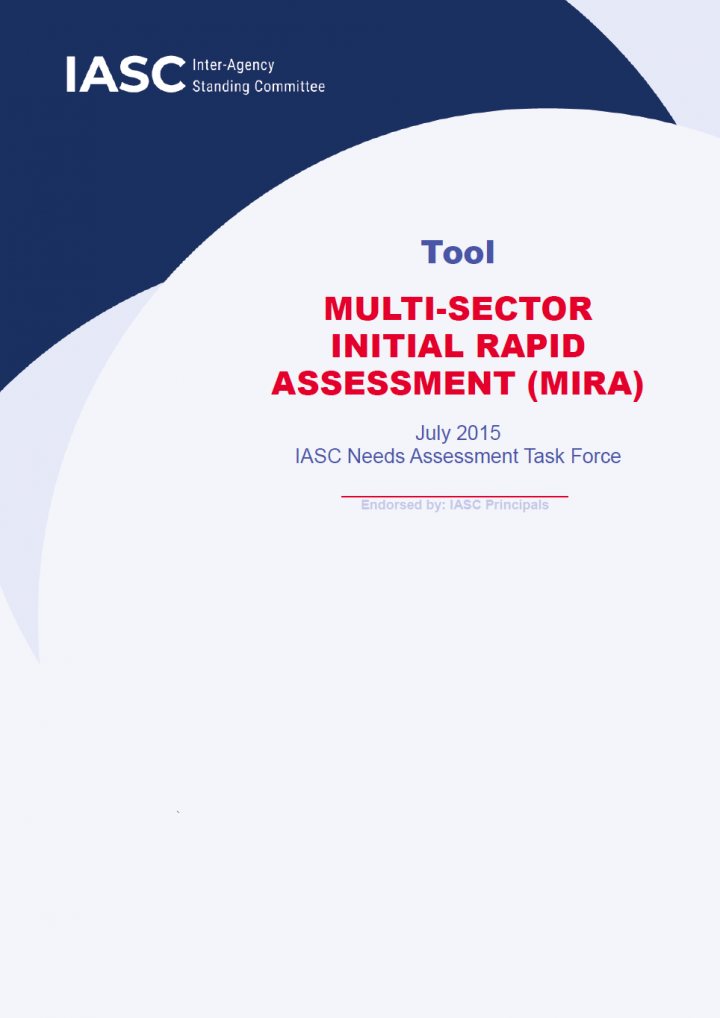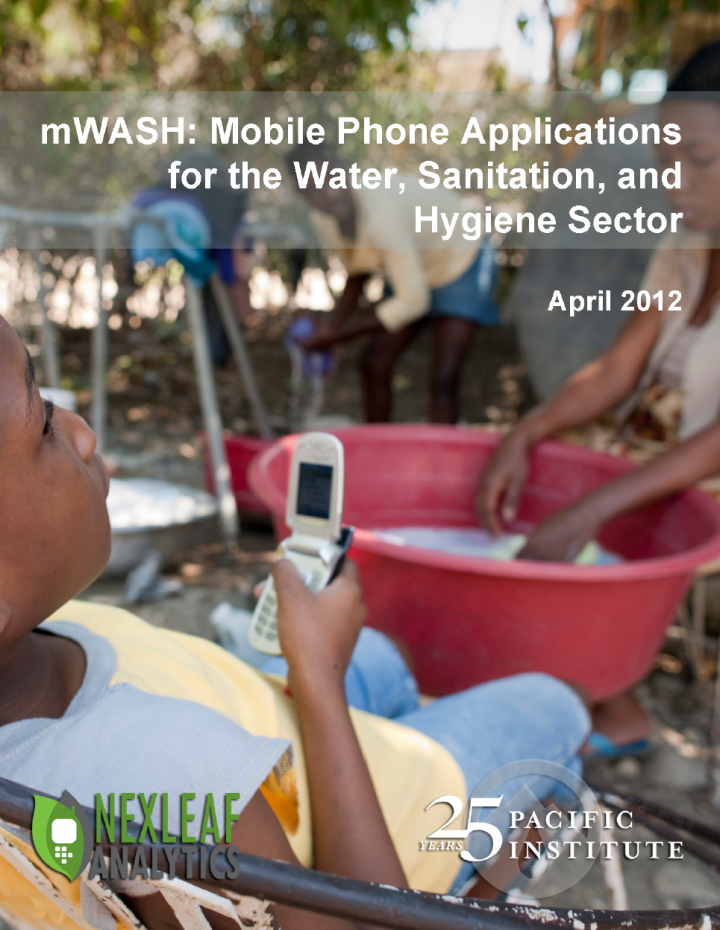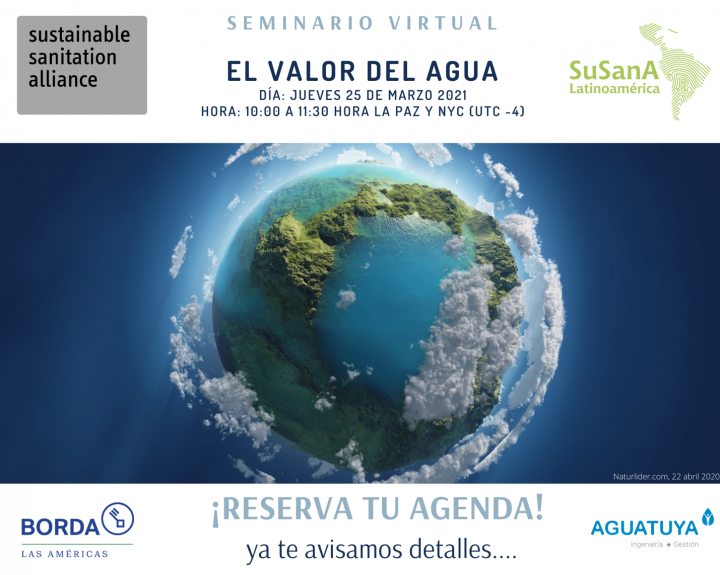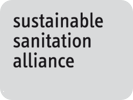World Bank Group (2018) Solar pumping : the basics
Solar photovoltaic water pumping (SWP) uses energy from solar photovoltaic (PV) panels to power an electric water pump. The entire process, from sunlight to stored energy, is elegant and simple. Over last seven years, the technology and price of solar pumping have evolved dramatically and hence the opportunities it presents. Solar pumping is most competitive in regions with high solar insolation, which include most of […]
The World Bank (2019) Informal water markets in an urbanising world: Some unanswered questions
Delivering safe and sustainable water supplies presents a fundamental challenge for an urbanising planet. Approximately 1.5 million people migrate to cities and their peri-urban fringes each week, and the fastest growth occurs in small to intermediate sized cities where infrastructure and governance capacity lag (Birkmann et al., 2016). Piped water systems are struggling to keep pace. In this context formal water markets have languished, while […]
WHO, IWA (2015) A practical guide to auditing water safety plans
Water safety plans (WPS) have been implemented in every region of the world, and many implementing countries have included WSPs in drinking-water policies or regulations. Enforcement of WSP requirements, as well as general WSP success and sustainability, requires ongoing WSP auditing, i.e. independent and systematic checks of WSP completeness, implementation in practice and effectiveness. The WHO/IWA document A practical guide to auditing water safety plans provides […]
WHO (2019) Results of Round II of the WHO Household Water Treatment Evaluation Scheme
Since the establishment of the International Scheme to Evaluate Household Water Treatment Technologies (the Scheme) in 2014, WHO has been independently evaluating the performance of household water treatment (HWT) technologies in removing microbial contaminants from drinking-water. The results of the evaluation are intended to guide procuring United Nations (UN) agencies and Member States in HWT selection. The report summarizes the results of 19 of 20 HWT […]
WHO (2017) Technical Brief - Boil Water
There are a number of circumstances in which it may be necessary to treat water at the point of use to remove or inactivate microbial pathogens. These include: • failure of control measures, including lack of or improper disinfection and unsafe handling and storage; • emergencies and disasters leading to inadequate sanitation, hygiene and protection of water sources; • uncertain quality of water sources when […]
WHO (2017) Guidelines for drinking-water quality, 4th edition, incorporating the 1st addendum
The fourth edition of the World Health Organization’s (WHO) Guidelines for drinking-water quality (GDWQ) builds on over 50 years of guidance by WHO on drinking-water quality, which has formed an authoritative basis for the setting of national regulations and standards for water safety in support of public health. It is the product of significant revisions to clarify and elaborate on ways of implementing its recommendations of […]
WHO (2016) Results of Round I of the WHO International Scheme to Evaluate Household Water Treatment Technologies
Globally, an estimated 1.9 billion people use either an unimproved water source or an improved source that is faecally-contaminated. Furthermore, 502,000 diarrhoeal deaths in low- and middle-income countries can be attributed to insufficient and unsafe drinking-water (WHO, 2014a). The vast majority of these deaths occur in Africa and South-East Asia, mainly among vulnerable populations, including young children, the malnourished and people living with the human […]
WHO (2012) Water Safety Planning for Small Community Water Supplies Step-by-step risk management guidance for drinking-water supplies in small communities
The principles and practice of water safety planning are increasingly being adopted around the world as the basis for the provision of safe and clean drinking-water. This process is most pronounced in urban conglomerates where the institutional infrastructure of municipal corporations, parastatal enterprises or private utilities is conducive to their adoption. Water safety planning has a number of unique characteristics. One of these is its adaptability […]
WHO (2012) WSP training package
WSPs are a risk-based preventative approach to most effectively protect drinking-water safety and are recommended in the WHO Guidelines for Drinking-water Quality. WSPs are now being adopted worldwide, but they are not always fully understood by all stakeholders. Face-to-face training is therefore essential to ensure globally successful WSP implementation. The training package consists of three components, a facilitator handbook, a participant workbook and accompanying PowerPoint presentations. […]
WHO (2011) Guidelines for drinking-water quality, 4th edition
This fourth edition of the World Health Organization’s (WHO) Guidelines for drinking-water quality builds on over 50 years of guidance by WHO on drinking-water quality, which has formed an authoritative basis for the setting of national regulations and standards for water safety in support of public health. It is the product of significant revisions to clarify and elaborate on ways of implementing its recommendations of contextual […]
WHO (2011) Evaluating household water treatment options Health-based targets and microbiological performance specifications
WHO (2011) Arsenic in Drinking-water Background document for development of WHO Guidelines for Drinking-water Quality
During the preparation of background documents and at expert meetings, careful consideration was given to information available in previous risk assessments carried out by the International Programme on Chemical Safety, in its Environmental Health Criteria monographs and Concise International Chemical Assessment Documents, the International Agency for Research on Cancer, the Joint FAO/WHO Meeting on Pesticide Residues and the Joint FAO/WHO Expert Committee on Food Additives […]
WHO (2006) Guidelines for the safe use of wastewater, excreta and greywater - Volume 4 Excreta and greywater use in agriculture
Volume 4 of the Guidelines for the safe use of wastewater, excreta and greywater provides information on the assessment and management of risks associated with microbial hazards. It explains requirements to promote the safe use of excreta and greywater in agriculture, including minimum procedures and specific health-based targets, and how those requirements are intended to be used. This volume also describes the approaches used in […]
WHO (2005) How to measure chlorine residual in water
Many of the most common diseases found in traumatized communities after a disaster or emergency are related to drinking contaminated water. The contamination can be from micro-organisms (Table 1) or natural and man made chemicals (Table 2). This fact sheet concentrates on the problems caused by drinking water contaminated by micro-organisms as these are by far the most common and can be reduced by chlorination. […]
Dross, J., Zeitoun, M., Cordoba, J., de Pinho Oliveira, E., Talhami, M. (2015) Urban Services During Protracted Armed Conflict A Call For A Better Approach To Assisting Affected People
This report seeks to stimulate the much-needed discussion on developing a better approach to assisting people in urban areas that have been affected by protracted armed conflict. It combines current research with over three decades of ICRC experience in urban areas, deriving information through focus groups and individual interviews as well as from in-depth studies on Iraq and Gaza. The undertaking is driven not merely […]
ICRC (2012) Technical Review: Borehole Drilling And Rehabilitation Under Field Conditions
Boreholes are one of the best means of obtaining clean water in field conditions. However, constructing, or repairing, boreholes requires specialized knowledge and technical expertise, much of which can be gained from the standard literature; but field operations in remote areas or in difficult conditions often require flexibility and imagination in avoiding and solving technical problems. This review is intended as a decision-making tool to […]
ICRC (2011) Technical Review: Practical Guidelines for Test Pumping in Water Wells
Groundwater is frequently chosen as the most suitable source of drinking water, supplies of which are brought to the surface by rehabilitating existing boreholes or drilling new ones. Pumping tests are a practical way of obtaining an idea of the borehole’s efficiency and its optimal production yield. Much of the specialized knowledge and technical expertise needed for this purpose can be gained from the standard […]
IASC Needs Assessment Task Force, L3 Response, Wide Level 3 Emergency Response (2015) Multi-Sector Initial Rapid Assessment (Mira)
The Multi-Cluster/Sector Initial Rapid Assessment (MIRA) is a joint needs assessment tool that can be used in sudden onset emergencies, including IASC System-Wide Level 3 Emergency Responses (L3 Responses). The IASC Transformative Agenda recognized the critical role of needs assessment as a basis for overall and cluster strategy development; agreed that needs assessment should be well coordinated, rapid and repeated/reviewed as necessary to reflect the […]
Hutchings, M., Dev, A., Palaniappan, M., Srinivasan, V., Ramanathan, N., Taylor, J. (2012) mWASH: Mobile Phone Applications for Water, Sanitation, and Hygiene Sector
A large number of the billions of people who lack basic access to safe water and sanitation can count a mobile phone as one of their few possessions. Year after year, global and national institutions struggle to provide growing populations with basic water and sanitation needs, while mobile phones have become ubiquitous in the developing world. The spread of mobile phones has greatly reduced the […]
SuSanA Latinoamérica (2021) Webinar SuSanA Latinoamérica - El Valor del Agua (in Spanish)
El 22 de marzo es el Día Mundial del Agua cuyo lema este 2021 es: el Valor del Agua. Con motivo de este día, Naciones Unidas ha lanzado la campaña #Water2me para conocer el significado que tiene el agua para el planeta con el objetivo de encontrar las mejores soluciones que aseguren su conservación y protección. SuSanA Latinoamérica se une a esta iniciativa lanzando este […]
